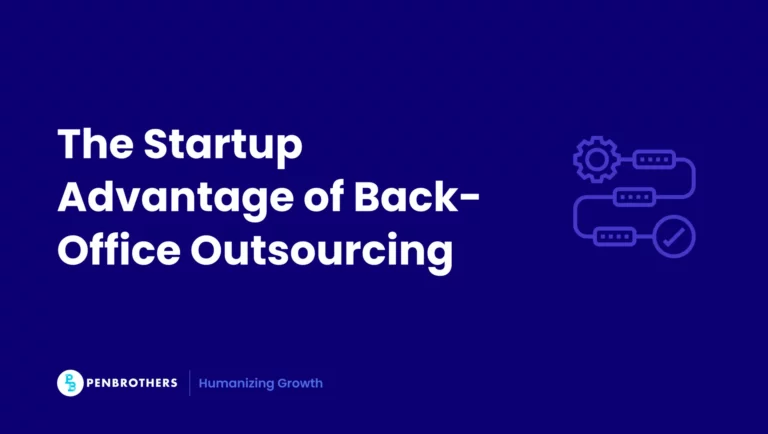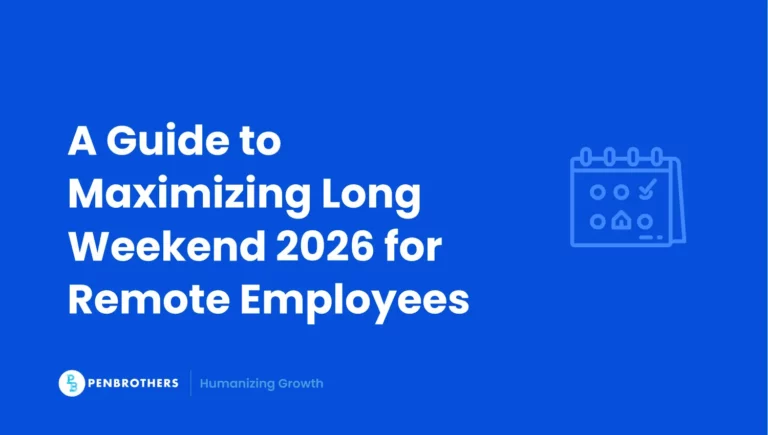Key Takeaways
- A Legal and Cultural Non-Negotiable: In the Philippines, a semi-monthly payroll schedule—paying employees twice a month on fixed dates—is both a legal requirement under the Labor Code and a strong cultural expectation. It is not an optional or flexible policy for employers.
- It is Not the Same as a Bi-Weekly Schedule: A critical and common mistake made by international employers is confusing semi-monthly with bi-weekly. Semi-monthly pay occurs on fixed dates (e.g., the 15th and 30th). Bi-weekly pay occurs every 14 days. Using a bi-weekly schedule can lead to non-compliance with Philippine labor laws and misaligned benefit contribution schedules.
- A Foundational Signal of Trust and Reliability: For Filipino remote employees, receiving their pay on time and on a predictable semi-monthly schedule is a powerful signal of an employer’s credibility and respect. Consistent and accurate payroll is a key driver of employee trust, engagement, and long-term retention.
- Requires Systemic Alignment Beyond Just Payment Dates: Implementing a proper semi-monthly payroll requires more than just scheduling two payments per month. It involves aligning timekeeping systems, HRIS, and accounting processes with the fixed cutoffs and ensuring the timely calculation and remittance of all mandatory government contributions like SSS, PhilHealth, and Pag-IBIG.
Why Getting Payroll Right in the Philippines Is a Strategic Advantage
When building remote teams in the Philippines, compensation isn’t just a finance function. It’s a trust signal. Your ability to pay on time, with accuracy, and in alignment with local expectations is one of the fastest ways to build credibility with Filipino talent. And in the Philippines, the most trusted rhythm for compensation is the semi-monthly payroll schedule.
Getting it wrong can trigger cascading issues. From employee dissatisfaction to DOLE (Department of Labor and Employment) violations. But getting it right? That’s how you build a team that stays.
What Does Semi-Monthly Pay Mean in the Philippines?
Semi-monthly pay in the Philippines refers to a payroll schedule where employees receive wages twice a month on fixed dates (usually the 15th and 30th/31st), in compliance with local labor laws.
Unlike flexible payroll systems in Western markets, semi-monthly pay is not optional in the Philippines. It’s the minimum legal requirement.
Does Semi-Monthly Mean Every Two Months?
No. This is a common misconception among global employers unfamiliar with local payroll practices. Semi-monthly schedules involve two payments per month. This is often confused with bimonthly, which can cause payroll mistakes and compliance problems.
Employers who misinterpret this often delay salary release, a major red flag for Filipino employees, who rely on predictable paydays to meet financial obligations.
Is Semi-Monthly the Same as Every 15 Days?
Not exactly. A semi-monthly payroll schedule follows calendar-based cutoffs, not rolling 15-day intervals. For example:
- January 1–15 (paid on January 15)
- January 16–31 (paid on January 31)
In contrast, bi-weekly payroll (every 14 days) results in variable payout dates and can lead to months with three paydays, which disrupts local benefit calculations.
Why It Matters: Filipino employees expect salary release on the 15th and 30th/31st. Paying outside this rhythm creates friction, confusion, and perceived employer unreliability.
Is Bimonthly the Same as Semimonthly?
No. Bimonthly means once every two months, which would violate Philippine labor law (Art. 103 of the Labor Code), which mandates that wages be paid at least twice a month.
Compliance Insight: Using a bimonthly schedule can open employers up to labor audits and potential penalties, even if unintentional.
Why Semi-Monthly Payroll Is the Legal and Cultural Standard in the Philippines
Under Philippine labor law, employers are required to release employee wages at least twice a month. Most companies follow the semi-monthly structure because it aligns not just with compliance, but with local worker expectations.
It also synchronizes with:
- SSS, PhilHealth, and Pag-IBIG deductions
- 13th month pay computation
- Banking cycles and government remittances
If you’re hiring in the Philippines through an employer of record (EOR), BPO, or direct employment. This structure isn’t optional. It’s the baseline.
Step-by-Step: How to Implement Semi-Monthly Payroll in the Philippines
Step 1: Choose the Right Employment Model
Payroll requirements change based on whether you’re hiring via a local setup, converting freelancers, or working through an EOR. Ensure your structure supports lawful and timely semi-monthly payouts.
Step 2: Set a Fixed Payroll Calendar
Keep payouts predictable by anchoring them on the 15th and 30th or 31st. Align this with Philippine banking holidays to prevent late releases.
Step 3: Register for Mandatory Government Deductions
This includes:
- Social Security System (SSS)
- PhilHealth
- Pag-IBIG Fund
- Bureau of Internal Revenue (BIR)
Step 4: Sync Timekeeping, Cutoffs, and Systems
Align your systems, such as the HRIS, time tracking, and accounting with semi-monthly cutoffs to prevent errors or late payouts.
Step 5: Set Clear Employee Communication Protocols
Keep staff informed about payroll timing and disbursement channels. Payroll clarity prevents turnover, especially during probation periods.
Common Mistakes to Avoid
- Using bi-weekly calendars and accidentally delaying payout beyond DOLE allowances
- Overlooking holidays that impact payout release
- Misaligning 13th-month pay or benefit deductions
- Not syncing payroll with timekeeping and attendance
How Semi-Monthly Payroll Drives Retention and Team Stability
Timely payroll shows reliability and strengthens morale. For Filipino employees, consistent paydays signify professionalism and care. Remote employees rely on stable payroll processes to stay engaged.
Retention Insight: Delayed or inconsistent payroll is one of the top 3 reasons Filipino employees disengage or leave, especially in the first 90 days.
When you pay right and on time, your team stays focused on delivery, not on chasing their salaries.
How Penbrothers Ensures Seamless Semi-Monthly Payroll
With Penbrothers, you get a fully managed payroll solution from onboarding to payout.
- Compliance with all Philippine labor regulations
- On-time release of salaries, deductions, and contributions
- Integration of your systems with local timekeeping and government reporting tools
Want to focus on building your team instead of managing spreadsheets? Talk to us today.
Conclusion: Payroll Isn’t Just Legal. It’s Foundational.
Your payroll strategy defines your credibility in a new market. Semi-monthly payroll isn’t a box to tick. It’s how you build trust from Day 1 with Filipino professionals.
If you’re scaling in the Philippines, make payroll precision part of your people strategy.
Frequently Asked Questions
Semi-monthly pay means that employees are paid twice a month on specific, fixed dates. The most common and culturally expected schedule for these payments is on the 15th and the last day (30th or 31st) of each month.
Yes. The Philippine Labor Code mandates that employers must pay their employees at least twice per month. The semi-monthly schedule is the standard and most common practice used by companies to comply with this law.
Semi-monthly means you are paid twice per month on fixed dates (e.g., always on the 15th and 30th), resulting in 24 pay periods per year. Bi-weekly means you are paid every two weeks (every 14 days), which results in 26 pay periods per year and pay dates that fall on different days of the month. Using a bi-weekly schedule in the Philippines can cause compliance issues.
It is a strong cultural and financial norm. Filipino employees typically budget their household expenses and bill payments around the expectation of receiving their salary reliably on the 15th and the end of the month. Consistent, on-time payment on this schedule is seen as a key indicator of a stable and trustworthy employer.
The most effective and least risky method is to work with a local partner, such as an Employer of Record (EOR) or a full-service offshoring company. These partners have the in-house expertise and systems to manage a fully compliant semi-monthly payroll, including all mandatory government deductions and reporting requirements, on your behalf.






